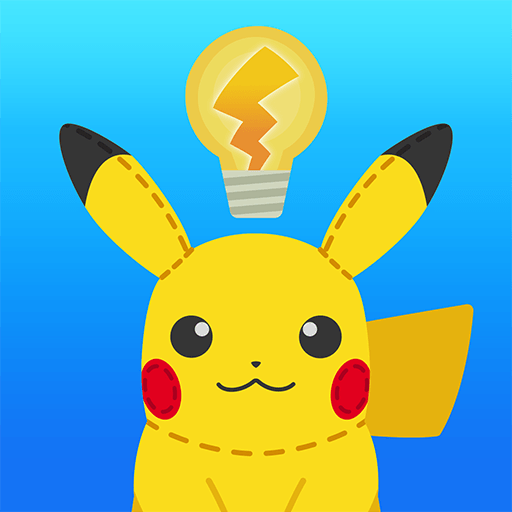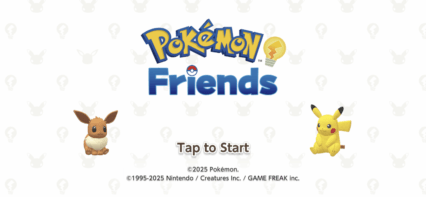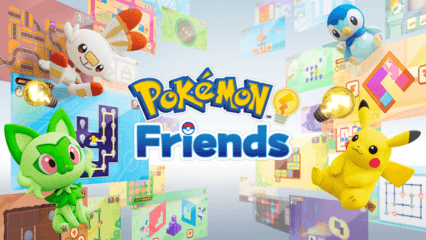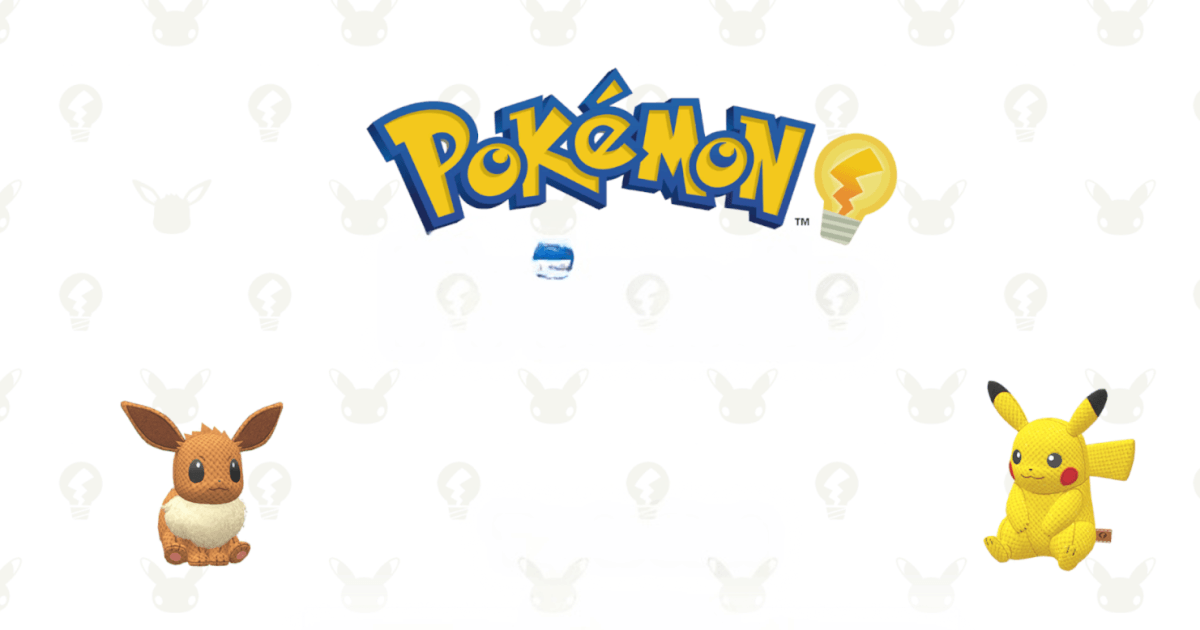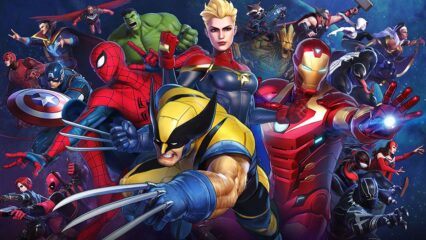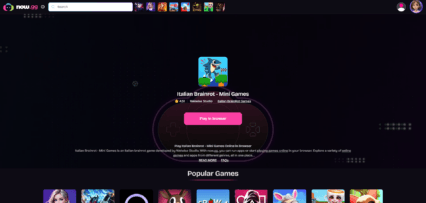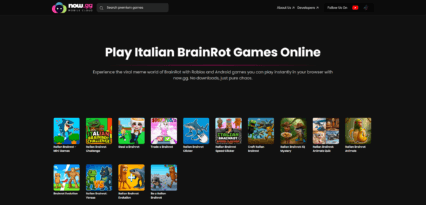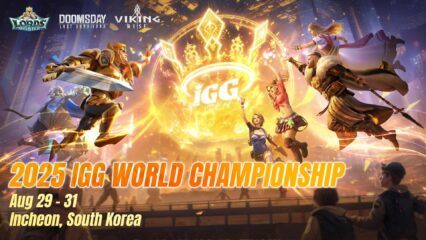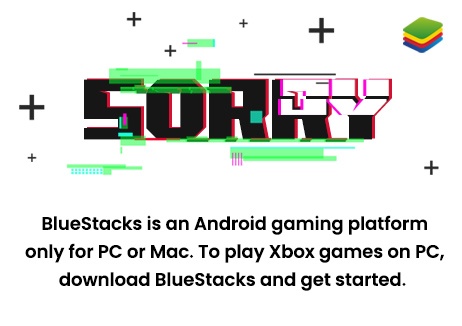A Beginner’s Guide to Pokémon Friends
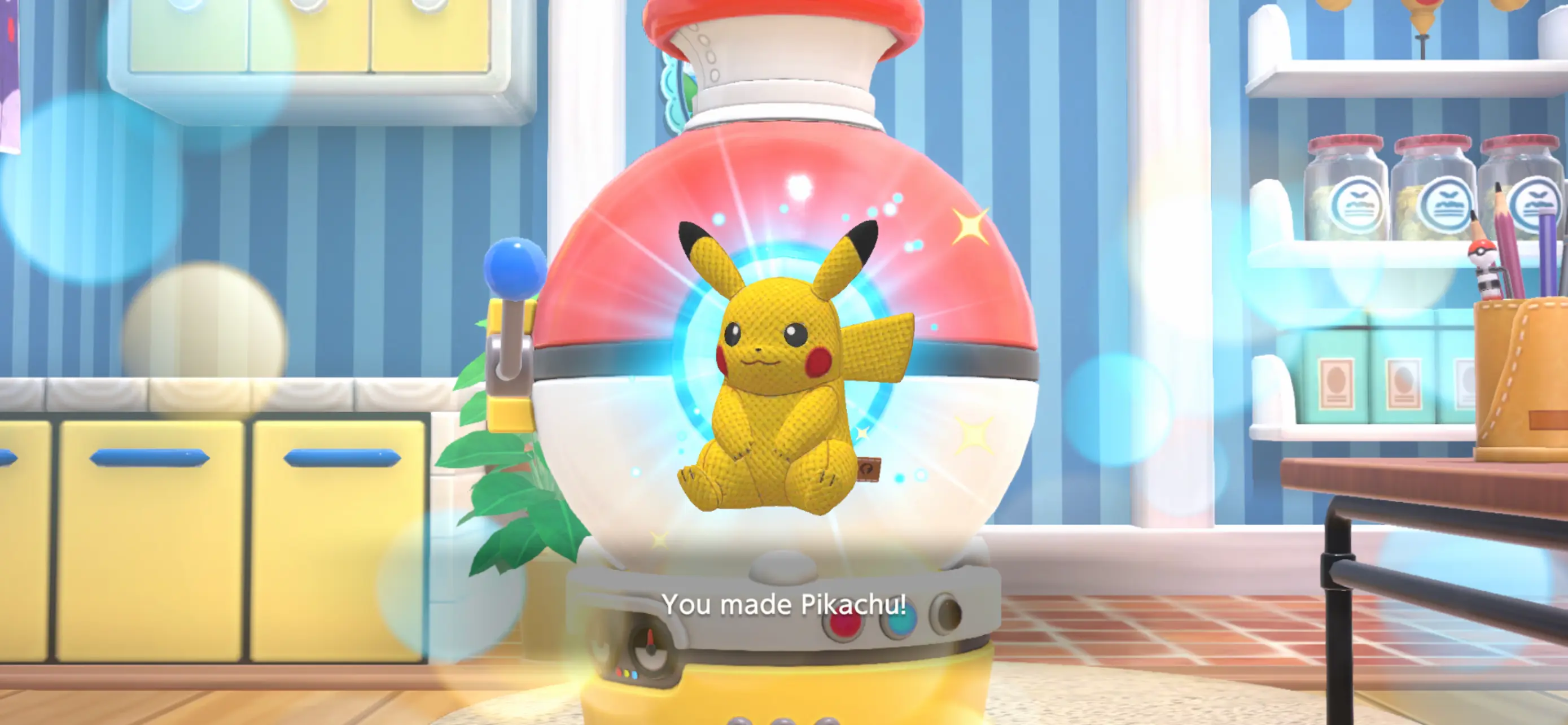
Pokémon Friends is a vibrant and accessible puzzle game that blends logic-based challenges with the charm of collectible plushies. Developed by Wonderfy in collaboration with The Pokémon Company, this title introduces a new city called Think Town where players solve puzzles to help residents, unlock Pokémon-themed plush toys, and personalize decorative rooms. The game is intentionally designed for short, daily play sessions, offering both a relaxing pace and satisfying progression for players of all ages.
Getting Started with Puzzle Gameplay
At its core, Pokémon Friends revolves around solving a variety of compact logic puzzles. Each game session consists of three puzzles randomly selected from the available pool. These puzzles test a wide range of mental skills, including basic math, spatial awareness, pathfinding, pattern matching, and geometric reasoning. Players may be tasked with guiding Pikachu’s electricity across a grid, navigating icy terrain with Piplup using motion controls, or helping Drilbur dig through winding tunnels with limited moves. Each puzzle has its own theme, tied to a specific Pokémon, giving the game both mechanical diversity and visual personality.
Despite their child-friendly presentation, these puzzles gradually ramp up in complexity. Early versions are straightforward and meant to teach basic interactions, but repeated attempts introduce new twists, time constraints, and challenging mechanics. Over time, the difficulty progression ensures that even experienced puzzle players find satisfying layers of strategy and mental dexterity.

The Loop: Yarn, Plushies, and Progression
Completing puzzles earns you a resource called yarn, which is central to the game’s progression. Yarn comes in different colors based on puzzle themes and player performance, and is fed into a device called the Plush-O-Matic. This machine converts your collected yarn into digital plushies of Pokémon. The resulting plush can be added to your catalog, displayed in themed rooms, or used to complete character quests within Think Town.
Higher performance in puzzle sequences rewards you with better-quality yarn, increasing your odds of receiving special plushies or occasionally producing more than one plush in a single attempt. This system adds a light layer of randomness and excitement to post-puzzle rewards, while also encouraging skillful play.

Think Town and Story Integration
Pokémon Friends takes place in Think Town, a cozy location filled with plush-loving residents. These townspeople offer quests that involve gifting specific Pokémon plushies. Some requests are general, such as asking for a small plush or a Fire-type, while others require exact matches, like a specific Pokémon species. Fulfillment of these quests provides players with decorative items and experience, which feeds back into the game’s customization systems.
Although Think Town does not offer deep narrative storytelling, it provides a warm backdrop that reinforces the puzzle-to-plush loop. Players are given a purpose beyond completionism, with small daily objectives tied to the characters and setting.

Decorate Your Plush Room
One of the game’s more creative features is the ability to decorate plush rooms using collected Pokémon plushies and various decorative items. These rooms function as a visual showcase of your progress and creativity. Players can arrange plushies however they wish, placing them on chairs, shelves, or the floor, and rotating or stacking them for aesthetic effect. Wallpapers and furniture styles such as forest, beach, or café themes further enhance room design.
This layer of customization allows players to express themselves creatively and offers a sense of ownership over their in-game space. It’s also a great motivator for continuing to collect different plushies, since each one brings unique charm to your rooms.

Daily Rhythm and Replayability
Pokémon Friends is structured around a daily gameplay loop. Whether you’re solving puzzles, completing Think Town quests, or customizing rooms, the game encourages short, regular play sessions. Puzzle difficulty increases with repeated plays, and new combinations keep the experience fresh even with recurring puzzle types. The rotating structure also means players face a different mix of puzzles each day, further boosting replayability.
While players cannot manually select which puzzles they play, this limitation adds an element of surprise and challenge. Some days you may face puzzles that align with your strengths, while other days may test unfamiliar skills, keeping the experience unpredictable and balanced over time.
A Visual Style Meant to Delight
Visually, Pokémon Friends embraces a soft, inviting aesthetic that is both accessible to younger audiences and charming for adults. Pokémon are rendered in a plush art style, with bright colors and gentle animations that fit the cozy tone of Think Town. Puzzle interfaces are intuitive and clearly laid out, with animations that reinforce feedback without overwhelming the screen.
Whether you’re seeing Pikachu spark a light bulb or helping Sableye collect gems through a connected mine cart puzzle, each interaction is clean, colorful, and satisfying. The UI is minimal yet informative, letting the Pokémon characters take center stage.
Designed for Families and Shared Play
Another highlight of Pokémon Friends is its multi-profile support. Up to five different save files can be created, allowing family members to share the game on a single device without interfering with each other’s progress. This makes the game an ideal choice for households with multiple players—especially parents and children looking to engage with games together in a safe and playful environment.
Combined with its puzzle-based learning structure and friendly visuals, Pokémon Friends becomes a great digital toybox for all ages, without the pressure or competitiveness seen in more traditional Pokémon games.

Pokémon Friends reimagines the Pokémon universe through a lens of logic puzzles, plushie collection, and lighthearted creativity. While it forgoes the combat and exploration of the franchise’s mainline entries, it offers a gentle, accessible experience with clear rewards and charming aesthetics. Whether you’re casually decorating your room or engaging with clever puzzles, the game provides a relaxing and consistently delightful loop. Ideal for families, casual players, and fans of brain-teasers, Pokémon Friends proves that the world of Pokémon still has new—and cozy—directions to explore.
For the best gaming experience, play Pokémon Friends on BlueStacks!

